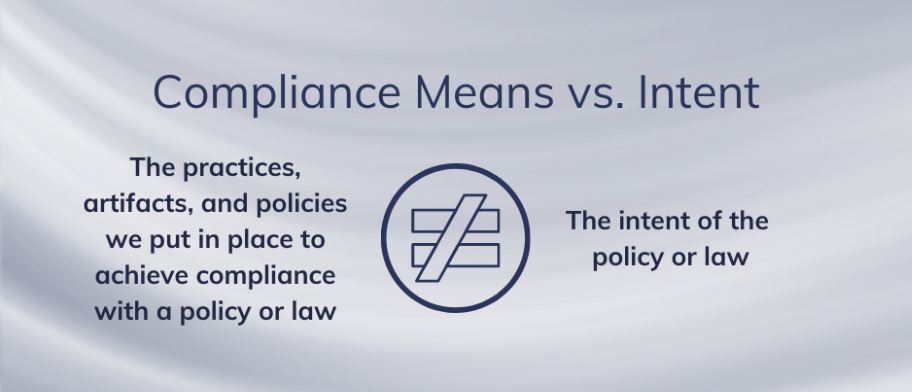The biggest question on the minds of leadership at pharmaceutical companies is 'how do we respond more quickly to this rapidly changing market?' Regulatory requirements are changing constantly, companies need to keep up with the digitization prominent across the industry, and there's mounting pressure for drugs to be delivered more quickly. Now that the Covid-19 vaccine has been delivered to market in 9 months, others are interested in how that is possible.
Many have sought product focus approaches coupled with Agile practices to have the ability to improve quality, pivot more quickly, become more predictable, and deliver faster through the pipeline.
This all makes sense in theory. However, traditional companies transitioning to a new operating model with long-time employees that are resistant to change is hard work. Traditional processes are linear and often were created a long time ago to address problems of the past. These procedures are often not adjusted over time to match the demands of today. Typically there are unnecessary steps that lead to delays in the system. Who is testing that system? Who is making sure it addresses the needs of today? Who is scanning the market for tools that can improve the process? Often times, concerns like these are overlooked when the growth of the company becomes far more important than the innovation.
Why Traditional Practices Overcome Many Innovative Ways of Working
The push to change can come from various places. Change agents in a company, new leadership, or even a curious team member can help drive change, but the organization has to be ready for change. What does that mean? It means that the leadership needs to be willing to align on goals across the organization and willing to take down their functional walls for the betterment of the company. At the end of the day, everyone is essentially working towards the same goals, but often times the pay structure and infrastructure that the company has evolved to causes leaders to lose focus on the simple goal of delivering the best drug they can to the market.
Leadership needs to understand why they need to change. A leadership team often makes a decision for change but doesn’t thoroughly explain why they are changing or how and what it means for everyone. Communication is key to the success of change. If people don’t understand why they are marching in a new direction, they won’t buy into the pain you have to go through to reach the benefits.
It takes persistence of leadership and middle management to push through those hurdles to create change. This takes training, practice, discipline and holding each other accountable in order to become accustomed to this new way of thinking.
Changing a Culture to Lead to Compliance
How do you drive Agile in the documentation-intensive environment required for auditability? This very question has been asked again and again in our monthly BioPharma Lean Coffee events. There have been 6 events since last July, and the conversations during these Lean Coffees often point to the fact that documentation is hard and question why anyone would want to do it more often. Well, just like starting a new workout at the gym, the more often you do it, the better you get, and the easier it becomes. What if we thought about compliance differently? What if we thought about compliance at the beginning of our work and not the end?
What Is Continuous Compliance?
We had Eliassen Technical Lead, Timothy Reaves, speak at our January 13th event to attendees across Biogen, Takeda, Bristol Myers Squibb, Glaxo Smith Kline, AbbVie, Novartis, and Viatris. All were interested to hear a technical approach to the idea of a phrase Tim coined “Continuous Compliance.”

This is a system in which we are compliant on a daily basis. How is that done? Tim worked on one particular regulated client’s system in which he created a compliant, automated pipeline. By definition, if the pipeline is compliant, anything that goes through the pipeline is compliant, and since it's automated, it can be run quickly, efficiently and often. This approach not only provided automation but the ease of traceability as well.
This enabled the client to:
- Have a build time go from 12 hours to 15 minutes
- Less mistakes as the build is automated, no human touch to build
- Reducing defects around merging of code
- Integration at release time dropped from 3-4 weeks to 2-3 hours
- Expectations were aligned at release cadence
To hear more from Tim Reaves about continuous compliance, visit our blog post and watch our video on automation for continuous compliance in biopharma and life sciences.


.png)